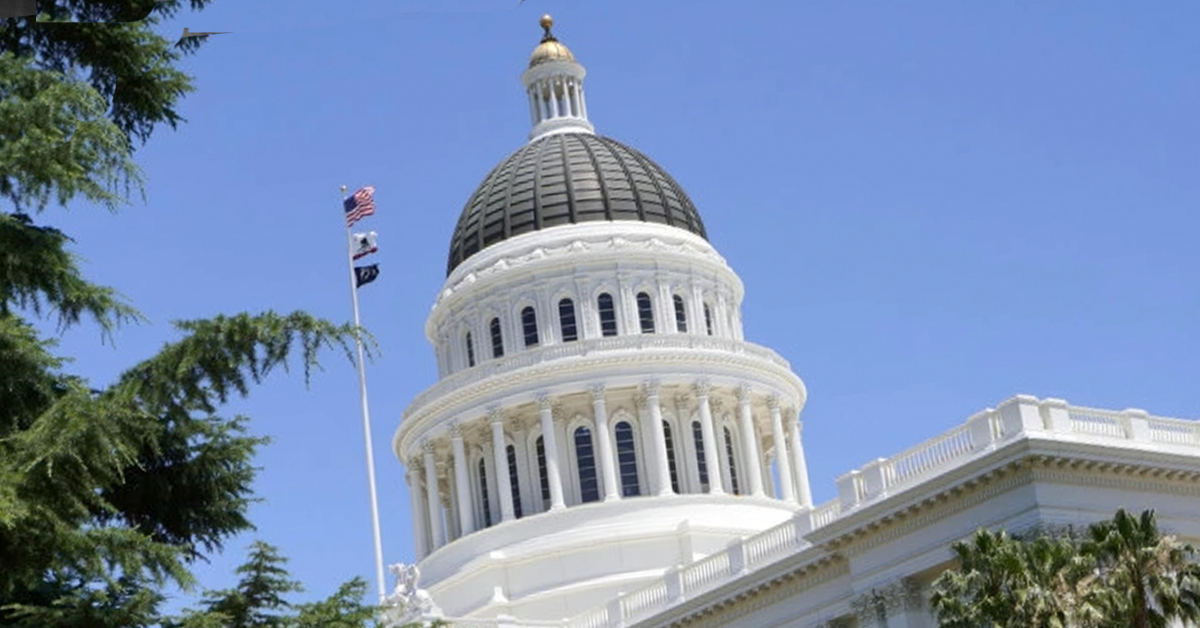The Fresno City Council voted on Thursday (Oct. 25) to send to voters a mailer containing more details about Measure P, the parks/arts initiative.
Absentee ballots are already in voters’ hands. Turns out the ballot language describing Measure P, condensed as it must be if voters aren’t to be overwhelmed, is too condensed.
The mailer will contain the full ballot language, as previously agreed to by all sides.
The Measure P initiative as originally written runs to 26 pages. The original ballot language describing Measure P runs to 41 words. The expanded Measure P description contained in the mailer runs to 74 words.
I’ve read the excellent online stories about the mailer written by The Bee’s Brianna Calix, GV Wire’s David Taub and Channel 30’s Gene Haagenson. I’ve come to this two-part conclusion:
- The expanded Measure P ballot description is still two words short.
- This dustup over the ballot description is proof, in and of itself, of why the two words should have been added to the mailer.
First, a brief review of the dustup (as I understand it) based on the media reports listed above: City Clerk’s Office sends to County Clerk’s Office what it apparently assumes is the agreed-upon Measure P ballot language; what is sent is too brief and not the agreed-upon ballot language; pro-Measure P folks catch the error; the City Council is contacted; a special council meeting is called; everyone gets lawyered up; the special council meeting is cancelled; the council tackles the issue on Thursday (Oct. 25) at another special meeting; the mailer is agreed upon by the council; some council members want the county to help pay the cost, but apparently to no avail; fingers are pointed at all sorts of alleged culprits for the dustup; pro-Measure P folks are most unhappy with the way they’ve been treated by City Hall; superb reporters, representing important and influential news organizations, are all over the story.
And the end isn’t in sight. Results of the Nov. 6 general election could get everyone all fired up again.
For the record, here’s the corrected Measure P ballot language:
Approval of Fresno Clean and Safe Neighborhood Parks Tax Ordinance. Shall the measure imposing a 3/8 percent sales and use tax, estimated to generate $37.5 million annually for 30 years, improving park safety; improving accessibility for persons with disabilities; updating and maintaining playgrounds and restrooms; providing youth and veteran job training; improving after school, arts and recreational programs; beautifying roadways; and creating parks and trails in neighborhoods without access, with citizen oversight, be adopted?
What, in my opinion, are the two missing words and where should they go?
The Measure P description’s conclusion should read: “… with Charter-altering civilian oversight….”
You see, Measure P is all about raising money to be spent, for the most part, on City of Fresno parks. Those parks, operationally, belong to the Parks Department. Responsibility for Parks Department operations ultimately belongs to the City Manager. The City Manager is hired and fired by the Mayor. The Mayor proposes each June a citywide budget, of which the Parks Department is but one part. The City Council amends and approves the annual budget, thus setting operational and strategic policy for the municipal government.
The Mayor and Council Members are elected by Fresno voters. Fresnans of every stripe have ample opportunity throughout the year to oversee the expenditure of funds and the execution of operations/strategy.
It’s all right there in the City Charter.
Measure P, as I read it, takes the Charter in a whole new direction.
For example, Measure P says: “Authority to expend funds, issue grants, or enter into contracts or memoranda of understanding relating to the revenues deposited into the Clean and Safe Neighborhoods Parks Account… is delegated to the City of Fresno, provided that no expenditures may be made from the Account except as provided in this ordinance. (my emphasis)
Now, City of Fresno departments are constantly getting state and federal grants with firm rules on how the money is to be spent. If City Hall doesn’t like the rules, then it need not apply for the grant. Lots of other cities would love the money.
That’s not what we have with Measure P. Funds from Measure P would not go to another city should City Hall decide not to spend them according to the ordinance’s mandates. Measure P funds are designed only for the Parks Department in the City of Fresno. But ultimate control of their expenditure is taken from the hands of elected officials and placed, by terms of the ordinance, in the hands of others.
Measure C (countywide transportation sales tax) and Measure Z (countywide zoo sales tax) are in no way comparable in this regard to Measure P.
A significant portion of Measure P funds would be spent on parks in “highest-need neighborhoods.” That’s a Measure P mandate, not a yearly decision by the Mayor, City Manager and City Council. What’s a high-need neighborhood? Measure P calls for a new definition to be crafted by the end of 2019. The measurements for the new definition include neighborhoods of concentrated poverty, pre-term birth rates, years of potential life lost, and neighborhood composite mortality rate.
There are 11 such measurements listed in Measure P. How are they to be weighed and applied? That’s where the new Parks, Recreation and Arts Commission comes into play.
The Mayor would appoint the nine members, with City Council approval. But Measure P goes into great detail as to whom the Mayor can appoint.
“The membership of the Commission shall reflect the cultural, demographic, and geographic diversity of the City of Fresno, with at least one-third of the Commissioners residing in highest-need neighborhoods…” states the measure (which, keep in mind, would be city law).
The measure says the Commission shall include members with demonstrated expertise in parks management, youth/recreation programs, trails development, and arts/culture programs.
What is the Commission’s charge? Measure P needs more than a full page to answer that question. That answer begins with this clause: “The Commission shall have primary authority on behalf of the City to….” (my emphasis)
I wish I knew what “on behalf of the City” means in real life. But I can guess. I’m guessing it means the Commission in certain identified areas of municipal governance connected to parks would be the boss.
And why not? The Commission inevitably will be connected at the hip to the Yes On P folks. And it’s the Yes on P folks who went through all the logistical and political effort to get the measure on the ballot (and, perhaps, marketed successfully to the necessary two-thirds of Fresnans casting ballots). The commission is beholden to the voters by way of Measure P supporters such as former Mayors Ashley Swearengin and Alan Autry, not to the voters by way of the City Charter.
The Commission, for example, would have primary authority on behalf of City Hall to conduct public hearings and receive public input “on allocations related to this ordinance….” (my emphasis)
The Commission would have primary authority to “(r)eview City staff recommendations for budget allocations related to this ordinance to ensure consistency with the ordinance and Expenditure Plan; make recommendations to the City Council for adoption of expenditures in connection with (the) annual budget process and any amendments thereto;….”
The Commission would have primary authority on behalf of City Hall to provide input on an annual report prepared by city staff that would include such details as an update on the implementation of the Parks Master Plan, implementation of the Active Transportation Plan and an update on the percentage of Fresnans living within a half-mile of a park.
Add it all up and it’s clear that the Parks Department, should Measure P become law, would be able to operate effectively only with the sufferance of the Parks Commission and Measure P’s primary supporters.
Add it all up and it’s clear that other city departments – police, fire, public works, public utilities – would be able to operate with strategic effectiveness within the Parks Department’s ever expanding domain only with the sufferance of the Parks Commission and Measure P’s primary supporters.
I suggest that we look at the intensity and complexity of the current dustup over 33 words of missing ballot language. Then we should contemplate, should Measure P pass, the intensity and complexity of possible operational and strategic conflicts between City Hall operating under the City Charter on one hand and the Parks Commission and its green space/arts advocates operating under Measure P on the other hand.
If that’s what Fresnans want for the next 30 years, so be it. But Measure P’s ballot language should, at the very least, hint at the change coming our way in the way we govern Fresno should Measure P become law.
Larry Powell, co-chair of the Yes on P campaign, said it best in a news release issued after the council’s Oct. 25 action:
We are only 11 days away from the election, and our primary goal is to make sure all voters in the City of Fresno receive the complete information on Measure P so they can make an informed decision at the polls.






